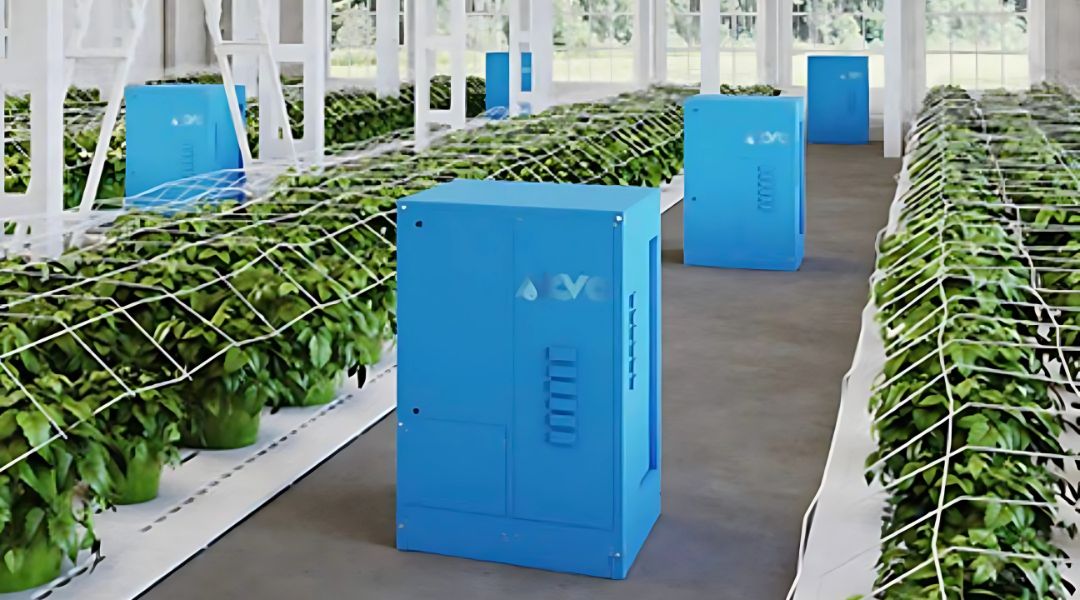
Water scarcity is one of the most pressing issues faced by small-scale farmers in arid regions. With changing climate patterns and increasing demand for water resources, these farmers often struggle to sustain their livelihoods. However, advancements in water generation technologies are providing new solutions to address this challenge.
Atmospheric Water Generation
Atmospheric Water Generation (AWG) is a cutting-edge technology that extracts moisture from the air and converts it into potable water. This technology is particularly beneficial in arid regions where traditional water sources are scarce. AWG systems can operate in a variety of environmental conditions, making them a reliable water source for small-scale farmers.
Benefits for Farmers
- Reliable Water Supply: AWG systems provide a consistent and reliable water supply, reducing farmers’ dependency on erratic rainfall and depleting groundwater sources. This ensures that crops receive adequate water, leading to better yields and increased food security.
- Cost-Effective: Once installed, AWG systems have relatively low operating costs. They reduce the need for expensive water transportation and storage infrastructure, making them an economically viable option for small-scale farmers.
- Sustainable Agriculture: By providing a sustainable water source, AWG systems enable farmers to adopt sustainable agricultural practices. This includes efficient irrigation techniques such as drip irrigation, which minimises water wastage and maximises crop productivity.
- Resilience to Climate Change: As climate change exacerbates water scarcity, AWG systems offer a resilient solution. They can continue to generate water even in extreme weather conditions, ensuring that farmers have access to water year-round.
Supporting Indoor Farming And Hydroponics
AWGs are also proving to be invaluable for indoor farming, particularly hydroponics. Hydroponics is a method of growing plants without soil, using mineral nutrient solutions in an aqueous solvent. This method requires a consistent and reliable water source, which AWGs can provide.
- Micro Farms: AWGs enable the setup of micro farms in arid regions where traditional farming is not feasible. These micro farms can be established indoors, providing fresh produce year-round, regardless of external weather conditions.
- Consistent Water Supply: Hydroponic systems thrive on a consistent water supply, and AWGs ensure that plants receive the right amount of water and nutrients at all times. This leads to healthier plants and higher yields.
- Efficient Water Use: Hydroponics combined with AWG technology ensures efficient use of water, reducing wastage significantly. The closed-loop system of hydroponics recycles water, and AWGs replenish any lost moisture, making the system highly sustainable.
Other Innovative Water Technologies
In addition to AWG, several other water generation technologies are making a positive impact on small-scale farming in arid regions:
- Desalination: Desalination plants convert seawater into freshwater, providing an abundant and reliable water source. While traditionally used in coastal areas, advancements in portable desalination units are making this technology accessible to inland farmers as well.
- Rainwater Harvesting: Collecting and storing rainwater during the wet season is a traditional yet highly effective method. Modern rainwater harvesting systems are equipped with filtration and storage solutions, ensuring that water remains safe for agricultural use throughout the year.
- Solar-Powered Irrigation: Solar-powered pumps and irrigation systems harness renewable energy to extract and distribute water efficiently. These systems are particularly beneficial in off-grid areas where access to electricity is limited.
Challenges And Future Prospects
Despite the promise of these technologies, there are challenges to their widespread adoption. High initial costs, lack of awareness, and limited technical expertise can hinder implementation. However, with increasing governmental and non-governmental support, these barriers are gradually being addressed.
Public-private partnerships are playing a crucial role in scaling up these technologies. Subsidies, training programs, and awareness campaigns are helping small-scale farmers understand and adopt water generation technologies.
Conclusion
Water generation technologies like AWG, desalination, rainwater harvesting, and solar-powered irrigation are transforming agriculture in arid regions. By providing a reliable and sustainable water supply, these technologies empower small-scale farmers to enhance their productivity and resilience against climate change.
As we continue to innovate and invest in these solutions, the future holds great promise for farmers in arid regions, ensuring that they can thrive despite the challenges posed by water scarcity.
